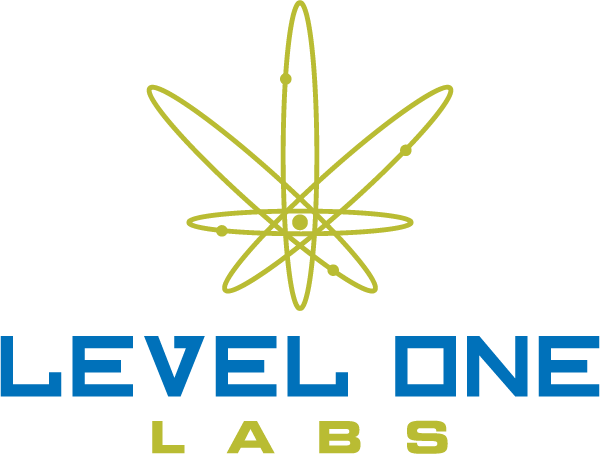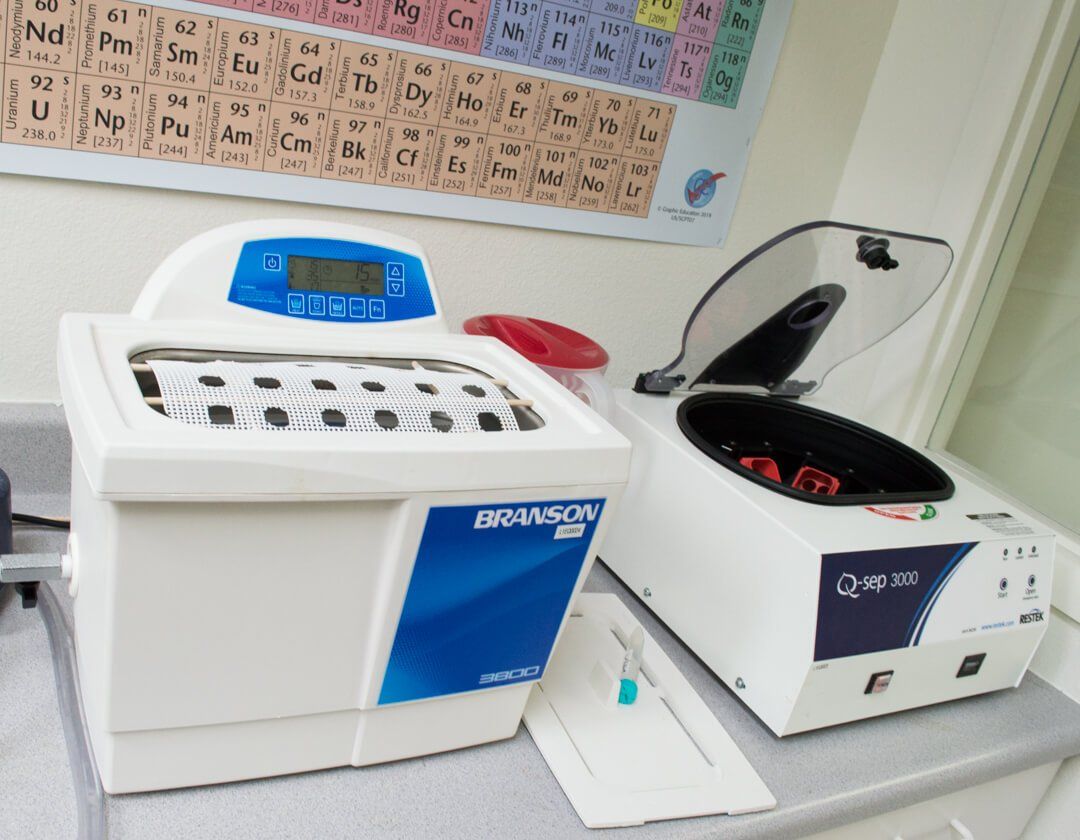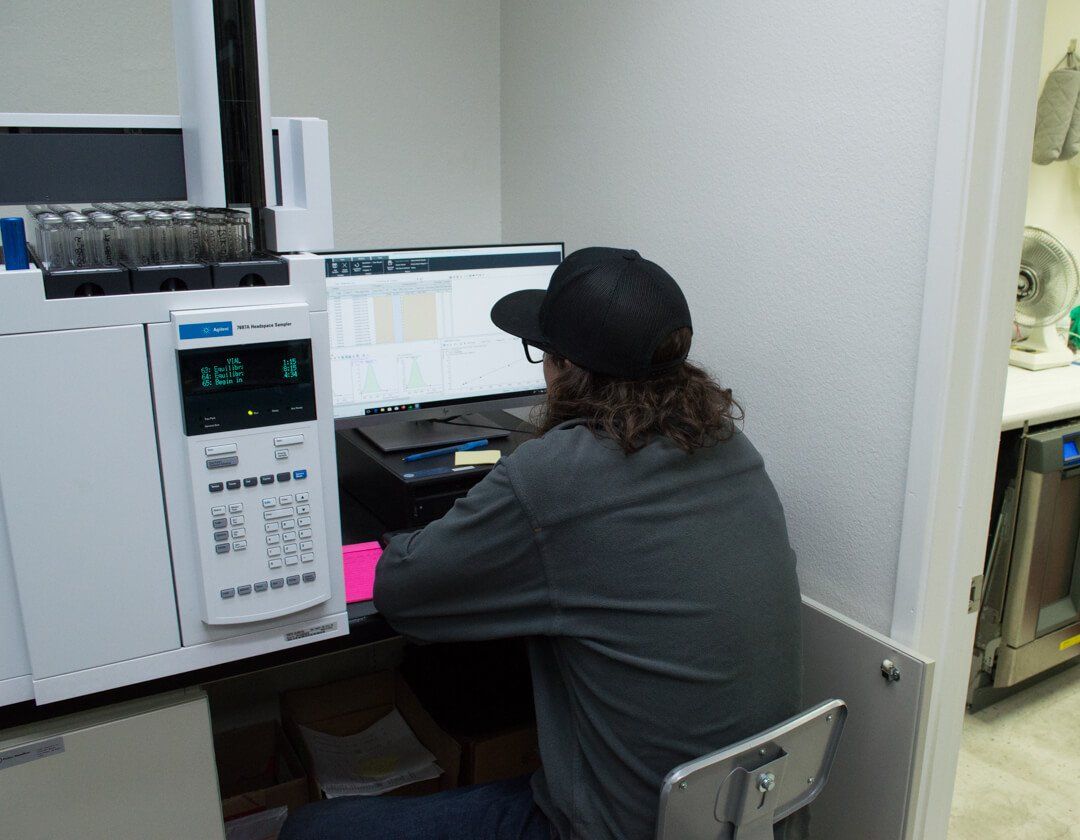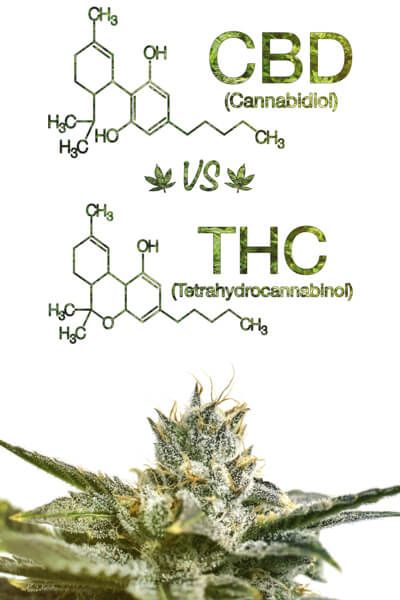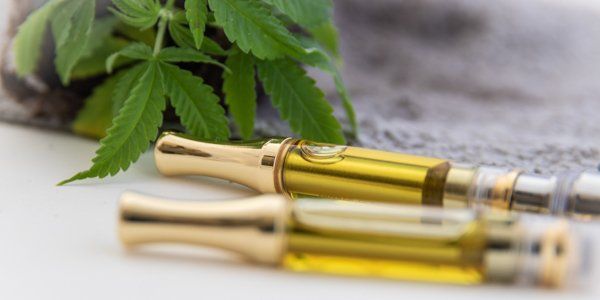Cannabis Lab Testing for Patients
How Lab Tests Help You
Residual Solvent Screen
Concentrate products are created in a multitude of ways, commonly using a solvent to extract the active compounds found in Cannabis plants. Extraction creates a potential for residual solvents to remain in the finished product in concentrated doses. Test results guarantee the product is free of unwanted compounds.
Prop 203
Medical Marijuana in Arizona
- Alzheimer's
- Cachexia
- Cancer
- Chronic Pain
- Crohn's Disease
- Glaucoma
- Hepatitis C
- HIV/AIDS
- Muscle Spasms
- Nausea
- Post-Traumatic Stress Disorder
- Sclerosis
- Seizures
Medical Benefits
THC vs. CBD
Tetrahydrocannabinol (THC)
Cannabidiol (CBD)
Consumption Methods
Smoking Flower
The old school, tried and true method of patients since the discovery of Cannabis. Cannabis can be smoked out of various pipes and rolling papers. The effects of Cannabis vary, but smoking typically creates a high for 2-4 hours with instant effects. The odor released from smoking flower is commonly pungent and identifiable. Prop 203 allows patients to smoke within their residence.
Vaporizing
Vaporizing, or vaping, is becoming increasingly popular among patients for both flower and concentrates. Vaporizers for flower are routinely pricey, however they allow patients to adjust the temperature to their preferred setting.
Vaping concentrates is routinely done through the use of replaceable cartridges and a battery unit it attaches to. The odor that comes from vapor is very different from smoking flower, and is difficult to identify as Cannabis.
